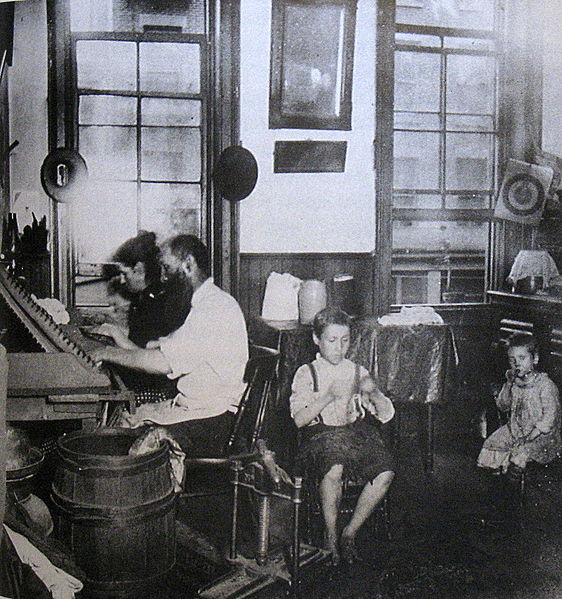
Figure 1 – Jacob Riis, “Bohemian cigar makers at work in their tenement, 1914” from the Wikimedia Commons and in the public domain.
The concept of photography as a form of story telling, of creative mythology, is a useful one for interpretation of images. A couple of days ago, I discussed the images of Bruce Davidson’s “East 100th Street” portfolio, and it is significant to contrast these with the work of Jacob Riis and John Thompson, which I have discussed previously. They are all documentaries on poverty, yet they and their intrinsic messages are quite different.
In Davidson’s images the little stories that they evoke in our minds, that our minds create in reaction to them, contain the fundamental message that human beings are noble, that they live, love, and are capable of ultimate triumph over adversity. In the case of Riis’ and Thompsons’ images the humanity and nobility are there, but the message is that these are almost squashed and completely beaten down. It is a faint and almost muted voice. Thompson’s image “The Crawlers” touches not only on the mythic image of “noble mankind” but also and in the most disturbing manner on the mythic image of “madonna and child.” It has all gone awry in a hideous way.
What my mind pulls up (again fishing a sea of mythic imagery) is the 1981 novel “The Hunger” by Whitley Strieber and the 1983 movie by the same name with Catherine Deneuve and David Bowie. The vampire’s lovers become immortal, but in the end they become barely alive, faint, and muted. I don’t know if many of you have read this story; but the effect of it is horrifying. I guess that’s why it’s called a horror story. Well duh, Wolf!
The basic message of Riis and Thompson, is almost a Calvinist one – appropriate for the Victorian and Edwardian age. It’s almost like these people are atoning for something, but we as good people must help them. Davidson’s message is ultimately uplifting. If anyone’s to blame, it’s society.
Perhaps, I’m reading a lot into this. But the important point is that all three of these portfolios grab at us because we have a fundamental belief that human beings are noble beings deserving of, or fundamentally possessing, dignity. The way in which that is portrayed is a function, as it always is, of the prevailing views of society then and now.
